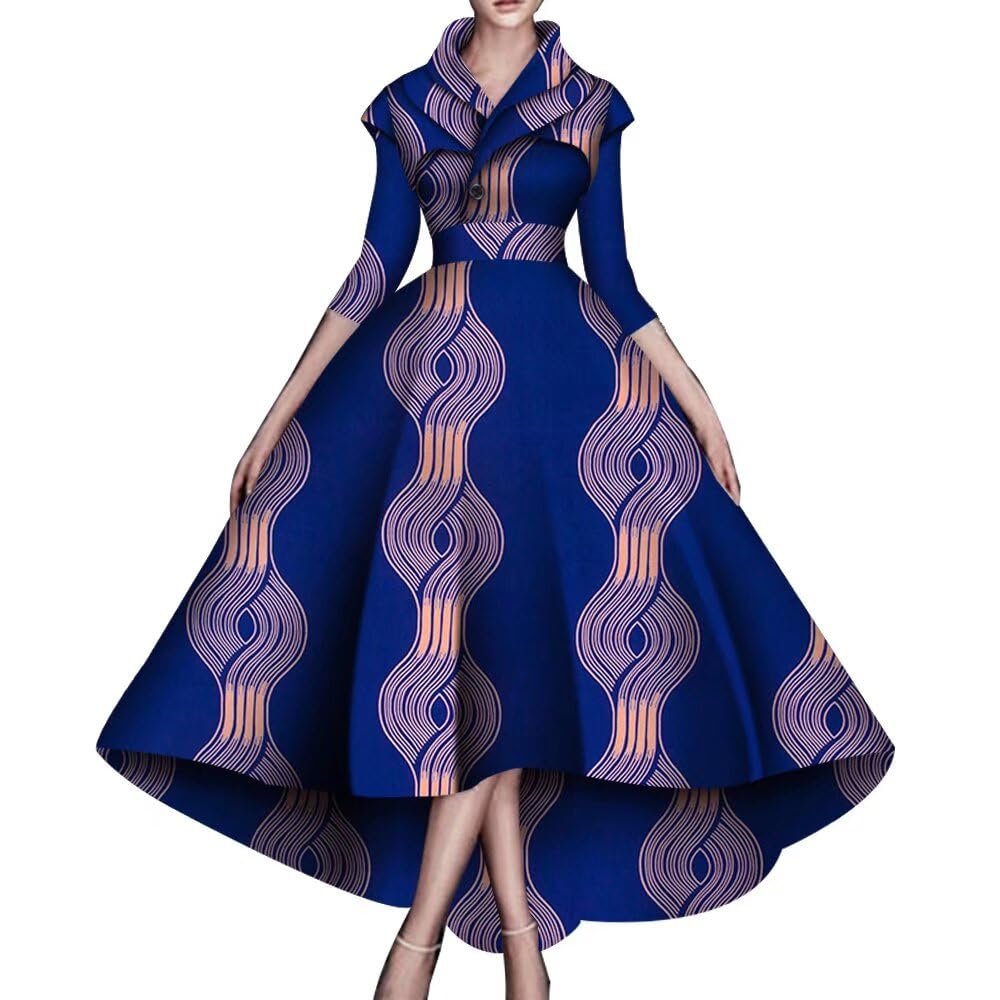
Step into a world where vibrant colors, intricate designs, and rich cultural heritage intertwine. Traditional African dresses embody elegance, diversity, and a sense of belonging. Each garment tells a story, weaving together generations of traditions and craftsmanship. From the dazzling Kente cloth of Ghana to the flowing Buba and Iro of Nigeria, these dresses are a celebration of artistry and identity. Let’s delve into the captivating tapestry of traditional African dresses, where beauty meets legacy.
Exploring the Beauty of Traditional African Dresses
Welcome to the vibrant and colorful world of traditional African dresses! These stunning garments are not just clothing; they are pieces of art that reflect the rich cultural heritage and diversity of the African continent. In this article, we will take a journey through the history, significance, and beauty of traditional African dresses.
The History Behind Traditional African Dresses
Traditional African dresses have a long and fascinating history that dates back centuries. In ancient times, clothing was not only a means of covering the body but also a form of expression and communication within African communities. Each tribe and ethnic group had its unique styles, patterns, and fabrics that reflected their cultural beliefs and traditions.
Materials and Fabrics
One of the defining features of traditional African dresses is the use of vibrant and colorful fabrics. African textiles are renowned for their bold patterns, intricate designs, and rich symbolism. From the Kente cloth of Ghana to the Ankara prints of Nigeria, each fabric tells a story and holds deep cultural significance.
Styles and Designs
Traditional African dresses come in a variety of styles and designs, each representing different aspects of African culture. From flowing robes to fitted dresses, each garment is meticulously crafted to showcase the beauty and elegance of African fashion. Embellishments such as beads, shells, and embroidery are often used to add a touch of glamour and sophistication.
The Significance of Traditional African Dresses
Traditional African dresses are more than just clothing; they are symbols of identity, pride, and heritage. In many African cultures, the way a person dresses is a reflection of their social status, age, and role within the community. These dresses are worn during special occasions such as weddings, festivals, and ceremonies to celebrate and honor tradition.
Rites of Passage
Traditional African dresses play a significant role in rites of passage ceremonies such as coming-of-age rituals, weddings, and funerals. These garments are often passed down from generation to generation, symbolizing continuity and connection to the past. Each dress tells a story of love, loss, and resilience, making it a cherished heirloom within African families.
Cultural Celebrations
During cultural celebrations and festivals, traditional African dresses take center stage, showcasing the diversity and beauty of African fashion. From the colorful Dashikis of West Africa to the elegant Boubous of East Africa, each dress represents a unique cultural heritage and tradition. These dresses are worn with pride and joy, uniting people in a shared appreciation of their African roots.
The Beauty of Traditional African Dresses
One cannot help but be captivated by the beauty and elegance of traditional African dresses. The vibrant colors, intricate patterns, and exquisite craftsmanship make these garments a true work of art. Whether worn for a special occasion or as everyday attire, traditional African dresses exude a sense of grace and sophistication that is unmatched.
Symbolism and Meaning
Every color, pattern, and design element in traditional African dresses holds a special meaning and significance. For example, the color red may symbolize love and passion, while geometric patterns represent unity and harmony. By wearing these dresses, individuals not only express their personal style but also communicate their cultural heritage and values to the world.
Modern Interpretations
In recent years, traditional African dresses have gained popularity on the global fashion scene, with designers and celebrities alike embracing and celebrating African fashion. From the runways of Paris to the streets of New York, traditional African dresses are making a bold statement and challenging conventional notions of beauty and style. These garments are not just clothing but powerful symbols of resilience, creativity, and cultural pride.
In conclusion, traditional African dresses are more than just garments; they are expressions of culture, history, and identity. From the rich fabrics to the intricate designs, these dresses tell a story of resilience, creativity, and beauty that transcends time and borders. So, the next time you see a traditional African dress, remember the centuries of history and tradition woven into its fabric, and appreciate the beauty and artistry that it represents.
Explore the world of traditional African dresses and immerse yourself in the vibrant colors, patterns, and designs that make them truly unique and special. Embrace the beauty of African fashion and celebrate the rich cultural heritage that these dresses embody.
11 Traditional African Clothing That Identifies African Tribes At A Glance
Frequently Asked Questions
What are some common styles of traditional African dresses?
Traditional African dresses come in a variety of styles that represent different cultures and regions of the continent. Some common styles include dashikis, boubous, kaftans, kente cloth garments, and Ankara prints. Each style is unique in its design, colors, and patterns, showcasing the rich diversity of African fashion.
How are traditional African dresses usually made?
Traditional African dresses are typically handcrafted by skilled artisans using various methods such as sewing, embroidery, beading, and dyeing. Fabrics commonly used include cotton, silk, linen, and traditional African textiles like kente and mud cloth. The intricate craftsmanship and attention to detail make each dress a true work of art.
What occasions are traditional African dresses worn for?
Traditional African dresses are worn for a wide range of occasions, from everyday wear to special events such as weddings, festivals, and cultural celebrations. They are also popular choices for ceremonies, ceremonies such as naming ceremonies, traditional rites of passage, and religious gatherings. Additionally, some people choose to wear traditional African dresses as a form of cultural expression and pride.
Final Thoughts
Traditional African dresses are not just garments; they are a reflection of rich culture and history. From vibrant colors to intricate patterns, each dress tells a unique story. Embracing traditional African dresses is a celebration of heritage and identity. Incorporating these unique pieces into modern fashion can create a beautiful fusion of tradition and contemporary style. Let’s continue to appreciate and preserve the beauty of traditional African dresses.



